This Week’s Breathtaking Aurora Borealis
Recent solar storms have triggered northern lights of unprecedented color and intensity
/https://tf-cmsv2-smithsonianmag-media.s3.amazonaws.com/filer/aurora-borealis-Norway-470.jpg)
Precious few people around the world have ever had the chance to witness the remarkable phenomenon known as the aurora borealis, or northern lights. The collision of magnetically charged solar particles with the earth’s magnetosphere produces dancing waves of florescent green and deep blue that appear to wave across the sky, but under normal conditions, the lights can been seen only in far northern latitudes. Even then, the aurora borealis is unpredictable in occurrence and can be difficult to spot.
Recent storms on the surface of the sun, though, have produced levels of solar particles headed towards the earth not seen for a decade—and dazzling northern lights. Skygazers report that, over the past week, remarkably intense displays have appeared in skies in Scandinavia and Northern England. Scientists predict that recent surges are just a small taste of what’s to come over the next year or so, as the cycle of solar activity is expected to peak in 2013 and 2014.
/https://tf-cmsv2-smithsonianmag-media.s3.amazonaws.com/accounts/headshot/joseph-stromberg-240.jpg)
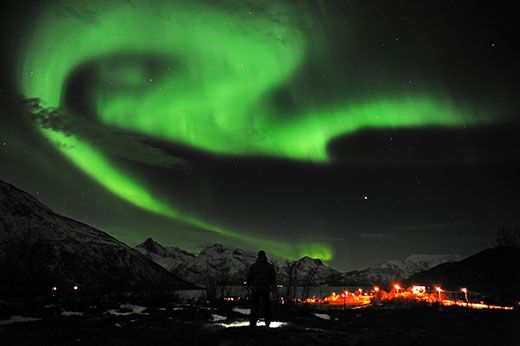
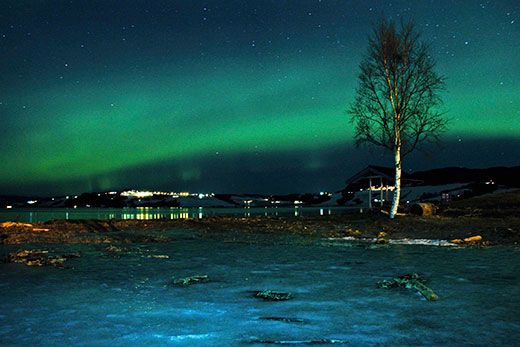
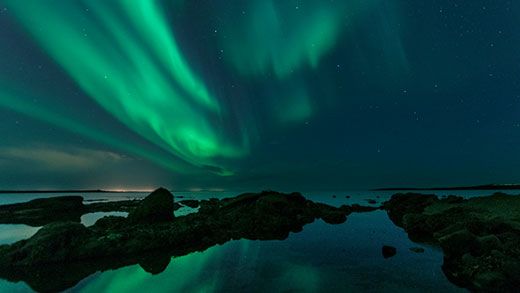
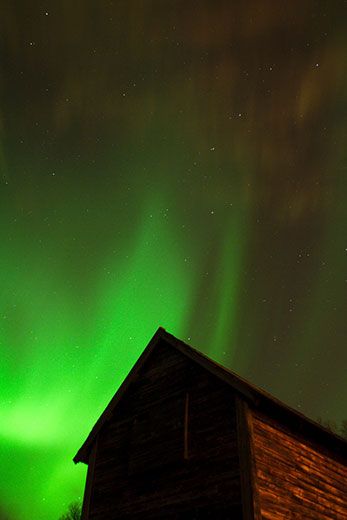
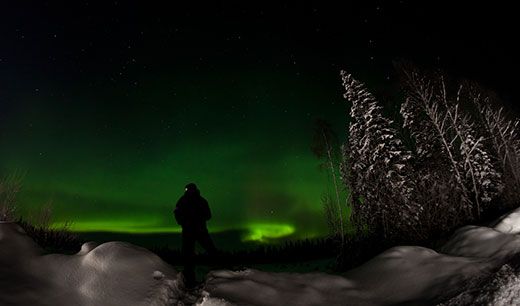
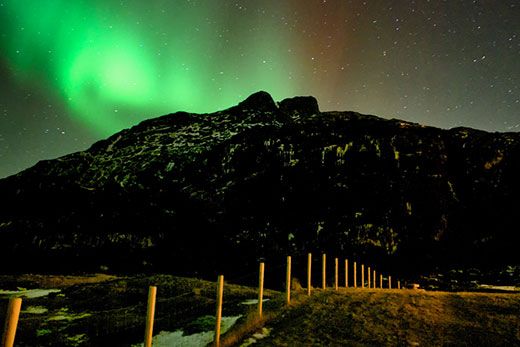
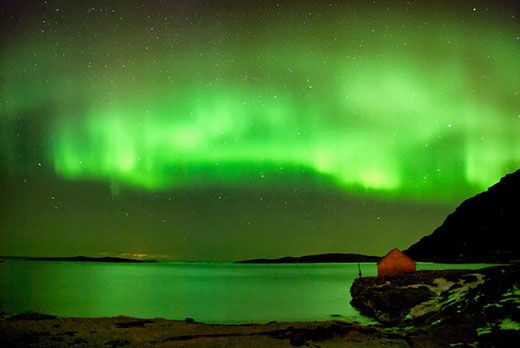
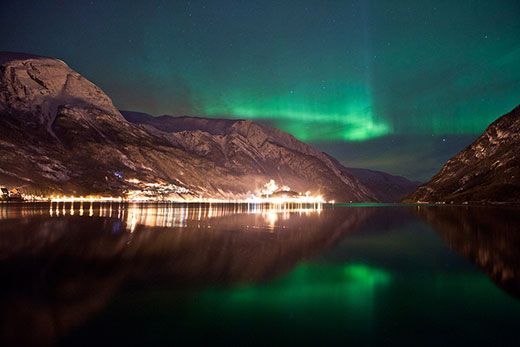
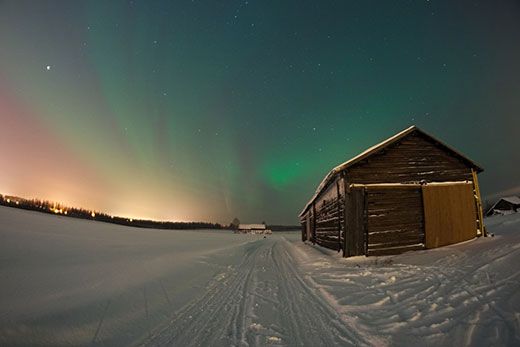
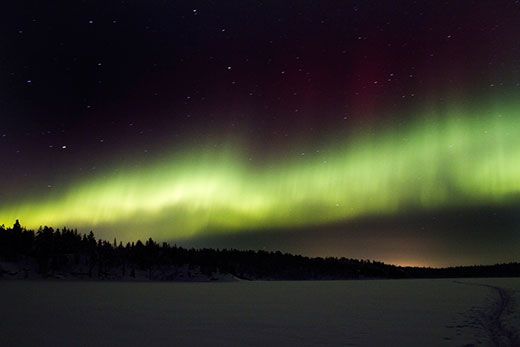
/https://tf-cmsv2-smithsonianmag-media.s3.amazonaws.com/accounts/headshot/joseph-stromberg-240.jpg)